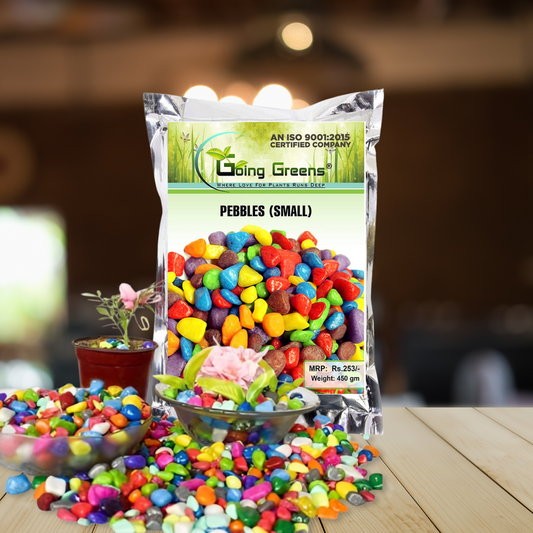The Snake Plant, scientifically known as Sansevieria, is a popular and resilient indoor plant cherished for its unique appearance and air-purifying qualities. Native to West Africa, it has earned the nickname "Mother-in-law's Tongue" due to its sharp, upright leaves that resemble a pointed tongue. The leaves are typically green with variegated patterns of yellow or silver, adding a touch of elegance to any space.
One of the Snake Plant's standout features is its ability to thrive in low-light conditions and tolerate neglect, making it an excellent choice for both experienced and novice plant enthusiasts. Its robust nature allows it to withstand fluctuations in temperature and humidity, making it a versatile choice for various indoor environments.
Beyond its aesthetic appeal, the Snake Plant is recognized for its air-purifying qualities. It has been shown to filter out toxins such as formaldehyde, benzene, and trichloroethylene, contributing to a healthier indoor atmosphere making it one of the best Air Purifying Plant. With minimal care requirements and a reputation for promoting well-being, the Snake Plant has become a popular choice for homes and offices alike.
Snake Plant Care Instructions:
Light: Place your Snake Plant in indirect light to low light conditions. It thrives in a variety of light levels, including low light, making it a versatile and low-maintenance choice.
Watering: Allow the soil to dry out completely between waterings. Overwatering can lead to root rot, so it's better to underwater than overwater. Water sparingly, especially during the winter months when the plant is in a dormant phase.
Soil: Use a well-draining potting mix to prevent water from accumulating around the roots. A cactus or succulent mix works well. Repot the plant every 1-2 years if it outgrows its container.
Temperature: Snake plants are adaptable to different temperature ranges. They prefer temperatures between 70-90°F (21-32°C) but can tolerate lower temperatures down to 50°F (10°C). Avoid exposing the plant to drafts and sudden temperature fluctuations.
Humidity: Snake plants are not demanding when it comes to humidity. They can thrive in average indoor humidity levels. However, they are not suited for very humid conditions.
Fertilizing: Feed your Snake Plant with a balanced, diluted liquid fertilizer during the growing season (spring and summer) every 2 weeks. Reduce or eliminate fertilization during the fall and winter when the plant is not actively growing.
Pests and Diseases: Snake plants are generally resistant to pests and diseases. However, be on the lookout for spider mites and mealybugs. If necessary, treat them with insecticidal soap or neem oil.
Pruning: Trim any yellow or damaged leaves at the base using clean, sharp scissors or pruning shears. Regularly removing dead or yellowing foliage helps maintain the plant's overall health and appearance.
Product Details: Plant: Color-Green, Plant Hight-6" to 7", Pot Size: 4.2", Pot Type/Color- Self Watering Fibre Pot/White.



 Sale
Sale Sale
Sale






